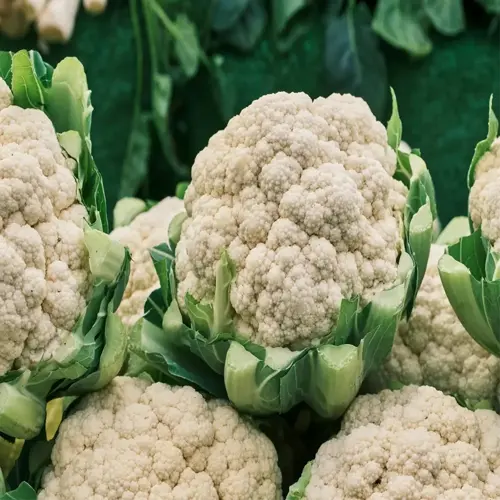Why is celery difficult to grow?

Written by
Michael Sullivan
Reviewed by
Prof. Martin Thorne, Ph.D.Celery's picky nature is related to its identity as a marsh plant in the Mediterranean. Some modern varieties still want the moisture, but not soggy. A balance that even experienced gardeners struggle with. My first crop died due to its location in heavy clay soil, despite inspecting/digging it every day to see if it was too wet or dry.
Temperature Sensitivity
- Thrives at 60-70°F (15-21°C) - heat above 80°F (27°C) triggers bitterness
- Nighttime dips below 50°F (10°C) stunt growth for weeks
- Requires 14-hour daylight for optimal sugar production
Soil Demands
- Exact pH 6.0-6.5 range prevents nutrient lockout
- Needs 4x more nitrogen than tomatoes per square foot
- Compacted soil causes hollow stalks - aerate monthly
Pest Vulnerability
- Aphids swarm tender new growth within hours
- Carrot rust flies tunnel into roots undetected
- Slugs skeletonize leaves after summer rains
Germination challenges continue to arise for new gardeners. To make matters worse, celery seeds have poor seed longevity - 1-year-old packets germinate at a mere 55%, while fresh seeds should germinate at 85%. Light exposure during planting is however key. Now, I simply sprinkle the seeds on the soil surface and never bury them deeper than 1/8 inch.
The blanching misconception is detrimental to crop producers. Fewer varieties self-blanch than the number of varieties, and most need to have the stem wrapped about 3 weeks before harvest. I use recycled cardboard tubes, as plastic sleeves seemed to promote rot. It is important to keep in mind that unblanched stalks develop tough fibrous materials, even in optimum watering conditions.
Environmental conditions can heighten challenges. Urban gardeners grapple with the heat of concrete heat islands, while agricultural producers in rural regions contend with deer-consuming seedlings that are on average six inches tall. My series of greenhouse experiments produced average success rates that were about 30% greater than plots outside - another confirmation of how sensitive celery is to environmental conditions.
Read the full article: How to Grow Celery: Expert Homegrown Guide

